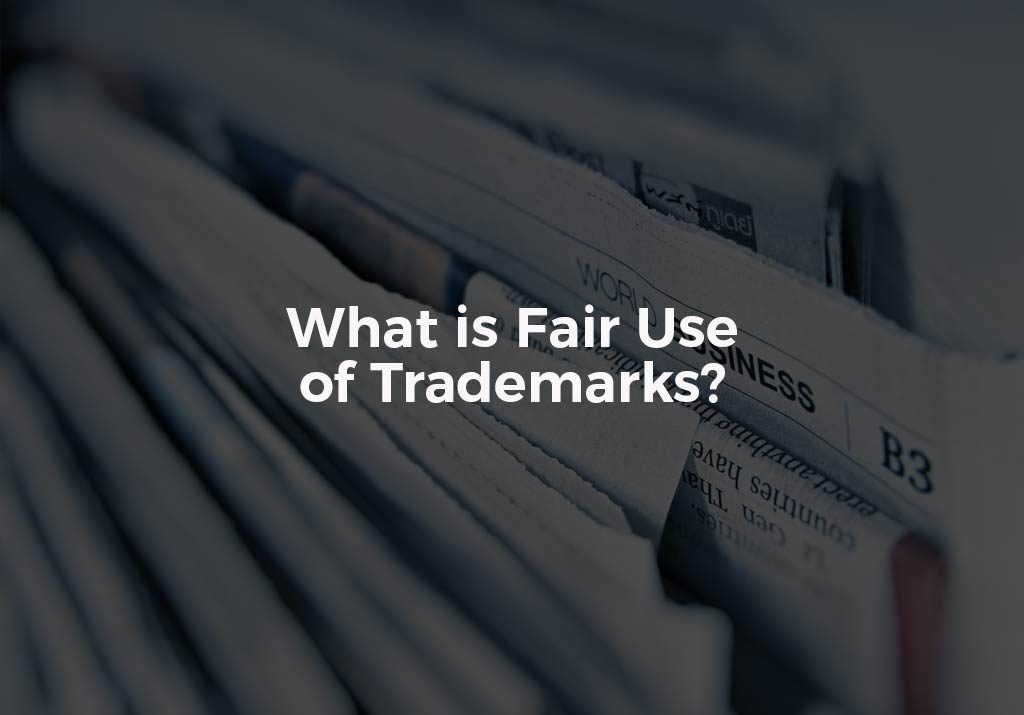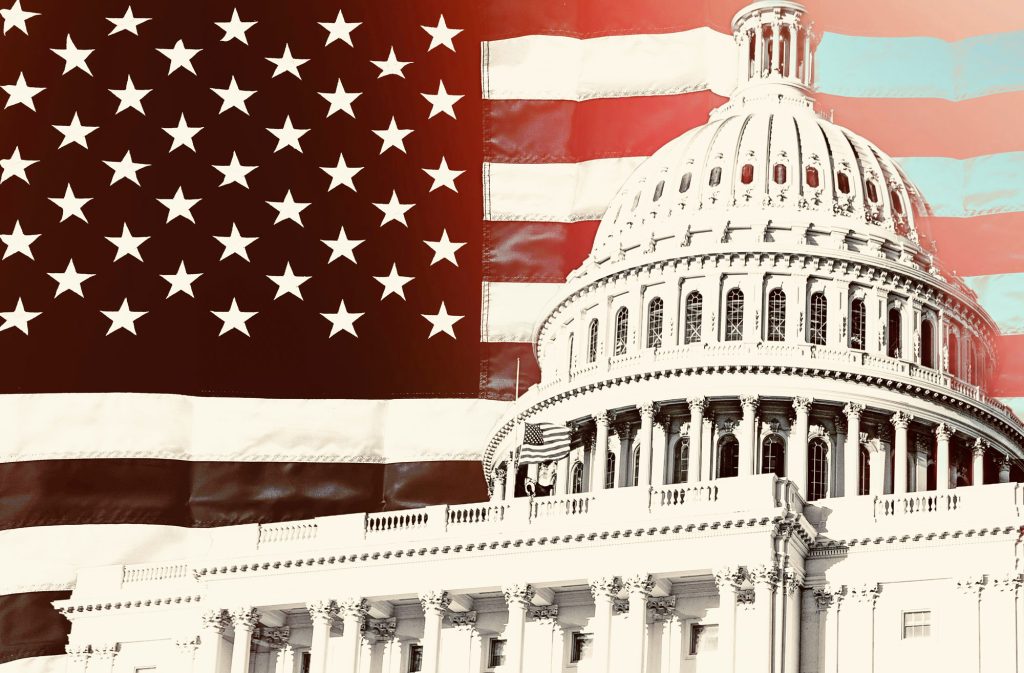One of the most important trademark rights is the exclusive right to use a given trademark in commerce to identify to consumers the source of a particular good or service, or a class of goods or services. Unauthorized use of a trademark is an infringement of a trademark owner’s exclusive right to use their trademark. However, there are some situations where it is permissible for someone to use your trademark without your permission – these exceptions to trademark infringement are referred to as “fair use” and they serve as affirmative defenses to trademark infringement.
Nominative Fair Use of Trademarks
Nominative fair use of trademarks is the most commonly encountered form of fair use of trademark rights owned by other. Nominative fair use is the non-infringing, unauthorized use of a trademark owned by another for the purpose of serving as a reference for describing a product. This explanation makes little sense without an illustration.
Nominative fair use is commonly employed in comparative advertising where an add is intended to advertise a product by drawing comparisons between a trademarked product and the product that is being offered in the advertisement. A good, generic example of comparative advertising that features nominative fair use of a trademark is “X Brand Cornflakes hold up better and longer in milk than TRADEMARKED Cornflakes.”
While it is true that the unauthorized user of the trademark will benefit from the use of the trademark in their advertisement, the advertisement is comparative in nature (meaning that it is clear to consumers that the product that is being offered in the advertisement is not the trademarked product) and the use of the trademark is to inform consumers that the product that is being offered in the ad is a competing product that is like, or comparable to, the trademarked product.
Nominative fair use of a trademark owned by another also can be used when advertising or indicating to the consumer that the good or service offered is compatible with, or intended for use with, a trademarked good. An example might be “This product is TRADEMARKED PRODUCT compatible” on product packaging. Another example might be an advertisement that lets consumers know that the offered service is for TRADEMARKED models – e.g., “We service TRADEMARKED Brand air conditioner units”.
Before Alleging Trademark Infringement, Assess Whether It’s Fair Use
While it can be upsetting to see your trademark used by others without your consent, it is important to realize that some unauthorized use of your trademark may be legally permissible. Take care to monitor instances of “fair use” of your trademarks and if you think that the unauthorized use has crossed over the line from nominative fair use into infringement territory, you should speak with a trademark infringement lawyer immediately.
Do You Need Legal Counsel from a Proficient Trademark Lawyer?
The Rapacke Law Group has time-tested proficiency in the field of trademark law. If you need legal counsel concerning trademark interference or related trademark matters, please do not hesitate to reach out to us for assistance. Contact us today for a free initial consultation.




